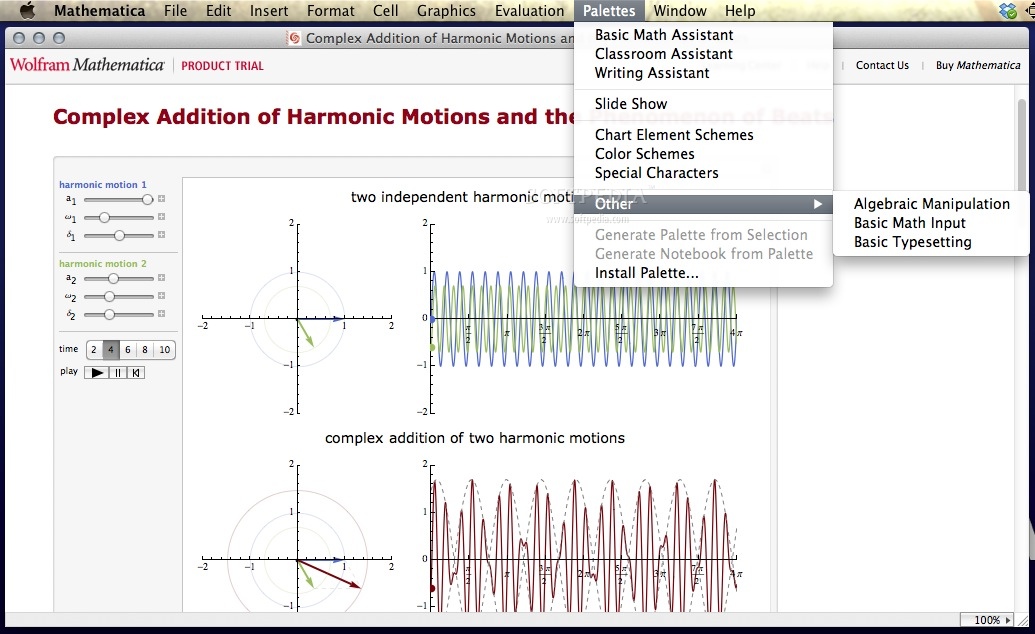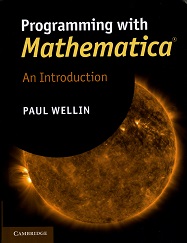


In 2002, gridMathematica was introduced to allow user level parallel programming on heterogeneous clusters and multiprocessor systems and in 2008 parallel computing technology was included in all Mathematica licenses including support for grid technology such as Windows HPC Server 2008, Microsoft Compute Cluster Server and Sun Grid. In addition Mathematica is supported by third party specialist acceleration hardware such as ClearSpeed. This release included CPU specific optimized libraries. Version 5.2 (2005) added automatic multi-threading when computations are performed on multi-core computers. In recent years, the capabilities for high-performance computing have been extended with the introduction of packed arrays (version 4, 1999) and sparse matrices (version 5, 2003), and by adopting the GNU Multi-Precision Library to evaluate high-precision arithmetic. The front end includes development tools such as a debugger, input completion and automatic syntax coloring. This allows conversion to other formats such as TeX or XML. Notebooks and their contents are represented as Mathematica expressions that can be created, modified or analysed by Mathematica programs. Documents can be presented in a slideshow environment for presentations. Most standard word processing capabilities are supported, but there is only one level of "undo."ĭocuments can be structured using a hierarchy of cells, which allow for outlining and sectioning of a document and support automatic numbering index creation. All contents and formatting can be generated algorithmically or interactively edited.

The front end, designed by Theodore Gray, provides a GUI, which allows the creation and editing of Notebook documents containing program code with prettyprinting, formatted text together with results including typeset mathematics, graphics, GUI components, tables, and sounds. The kernel interprets expressions (Mathematica code) and returns result expressions.

Mathematica is split into two parts, the kernel and the front end. The name of the program "Mathematica" was suggested to Stephen Wolfram by Apple co-founder Steve Jobs although Stephen Wolfram had thought about it earlier and rejected it. It was conceived by Stephen Wolfram and is developed by Wolfram Research of Champaign, Illinois. Mathematica is a computational software program used in scientific, engineering, and mathematical fields and other areas of technical computing.


 0 kommentar(er)
0 kommentar(er)
